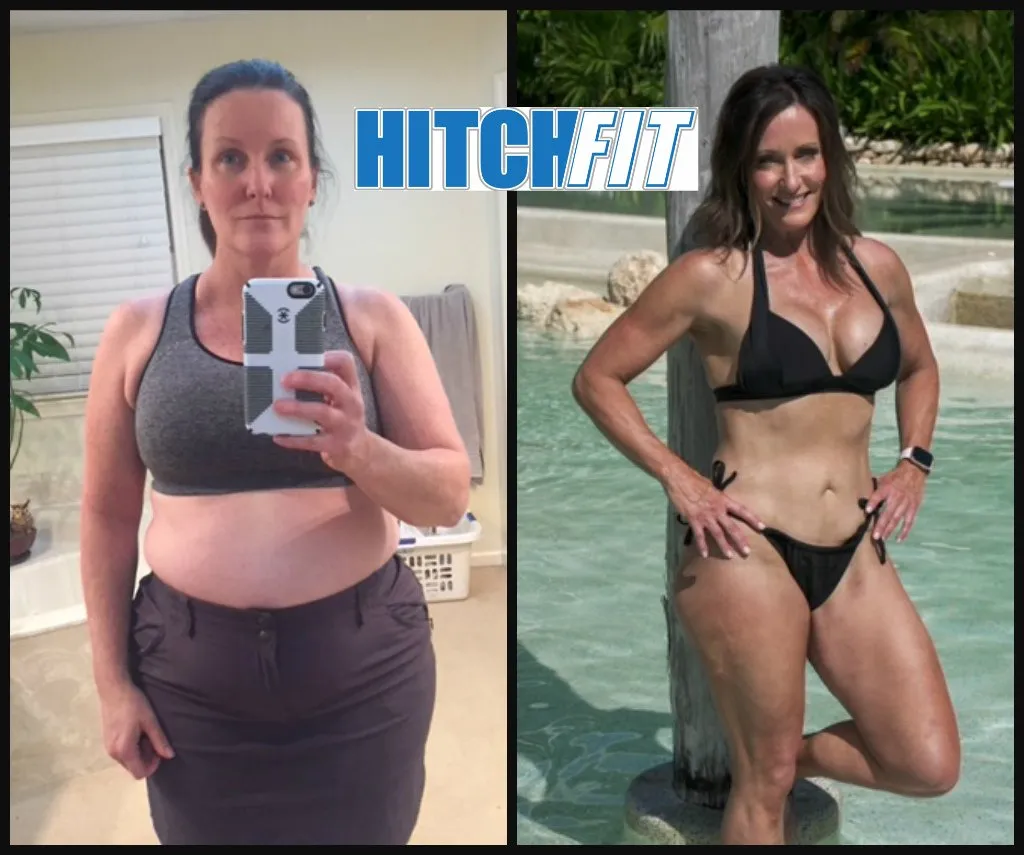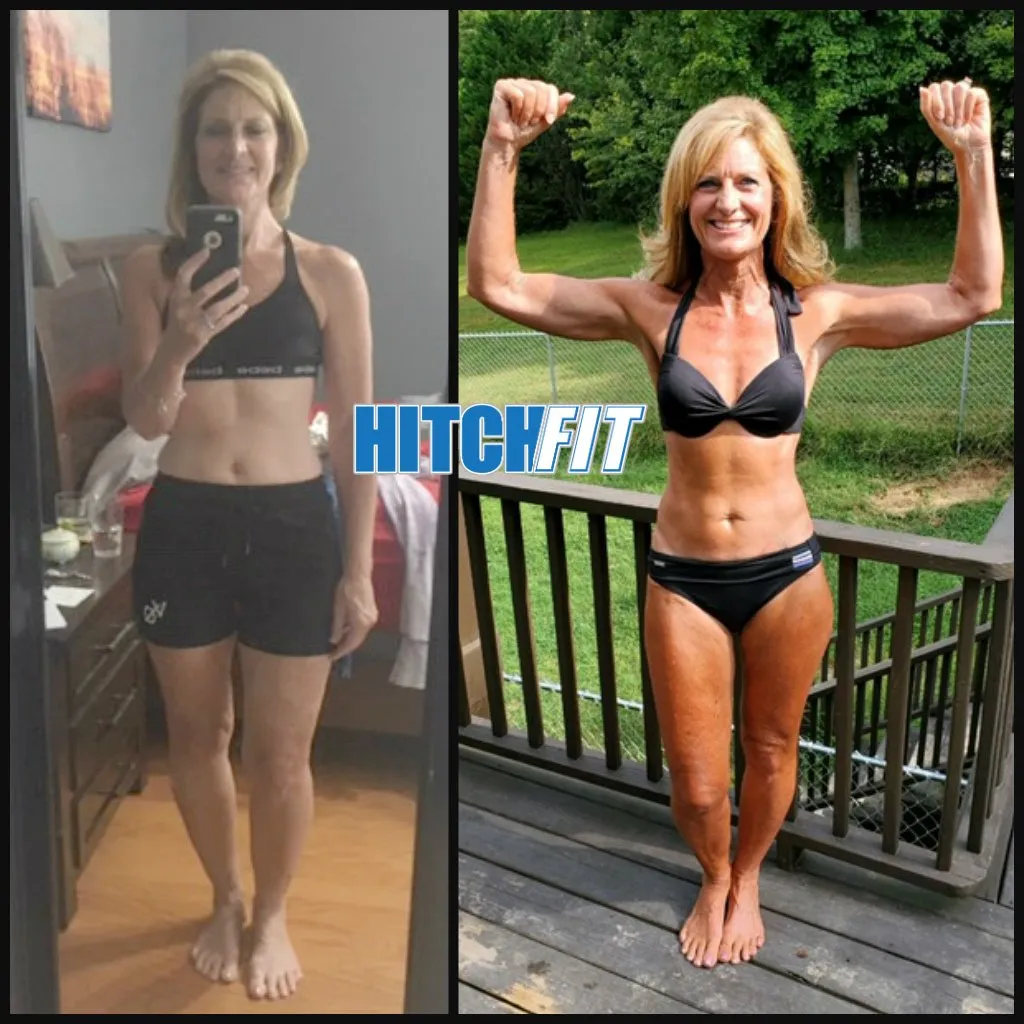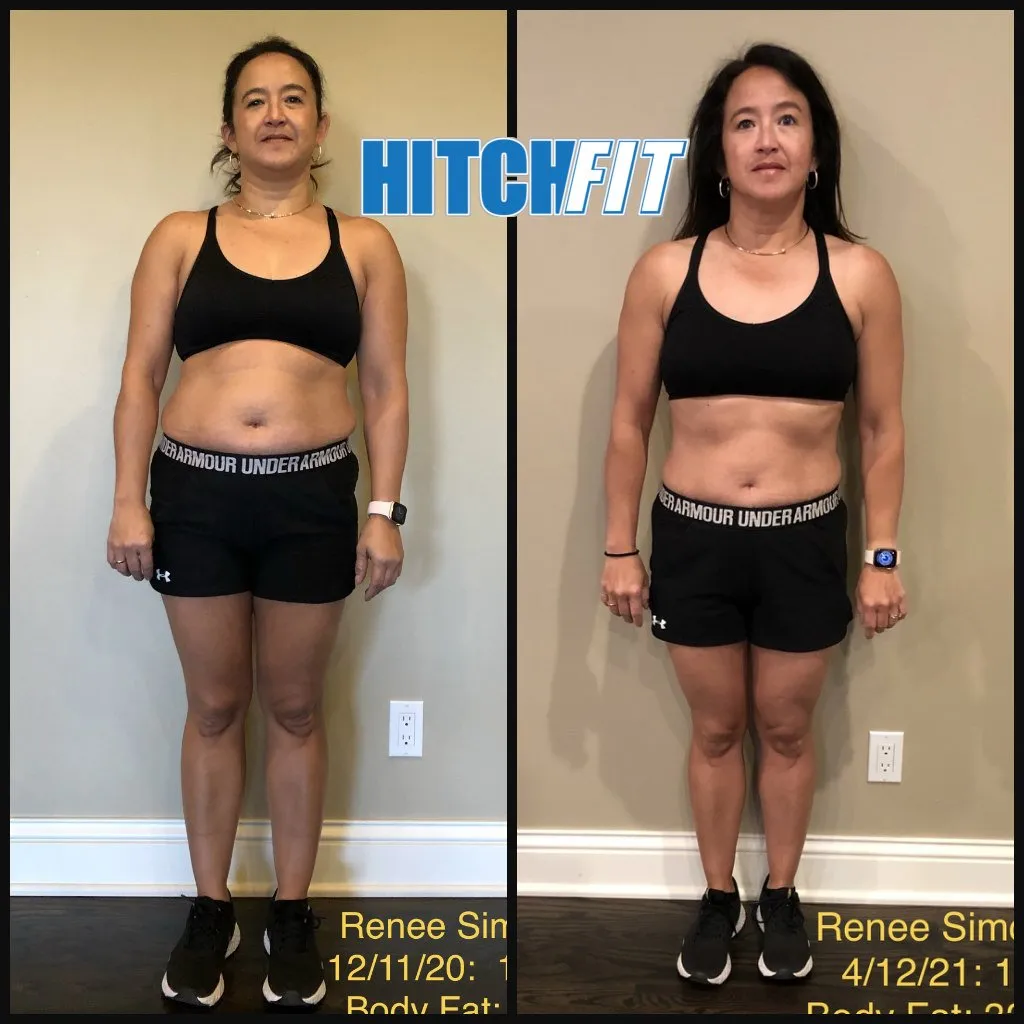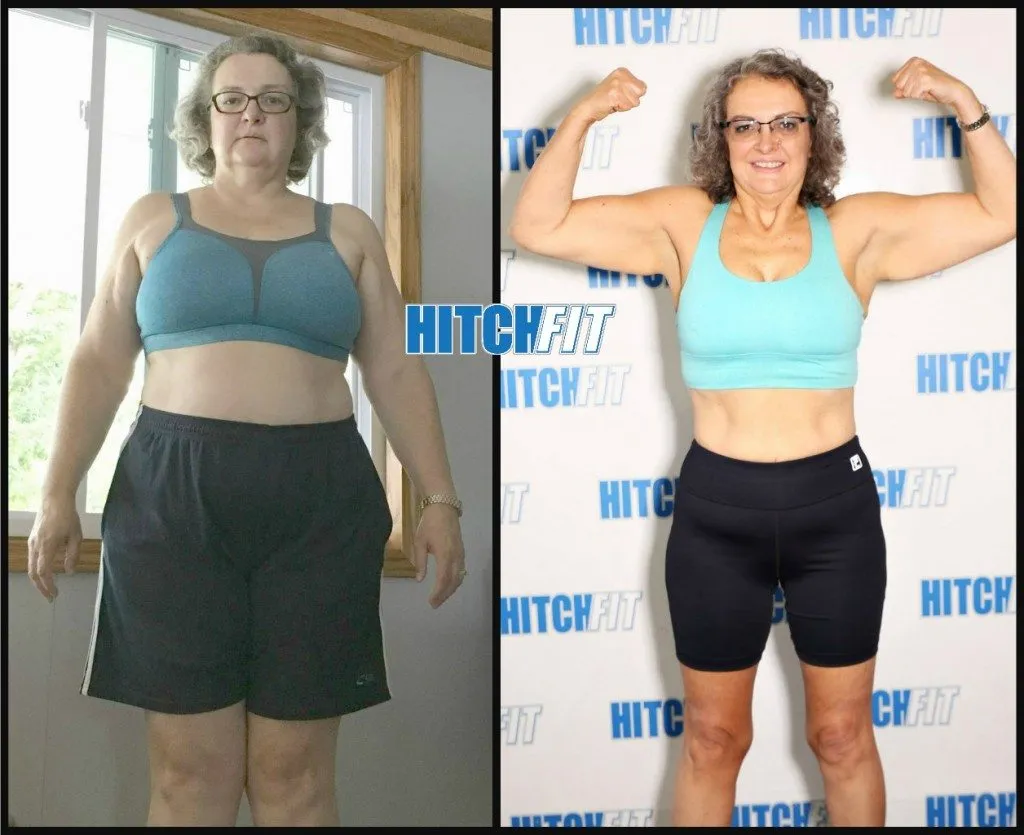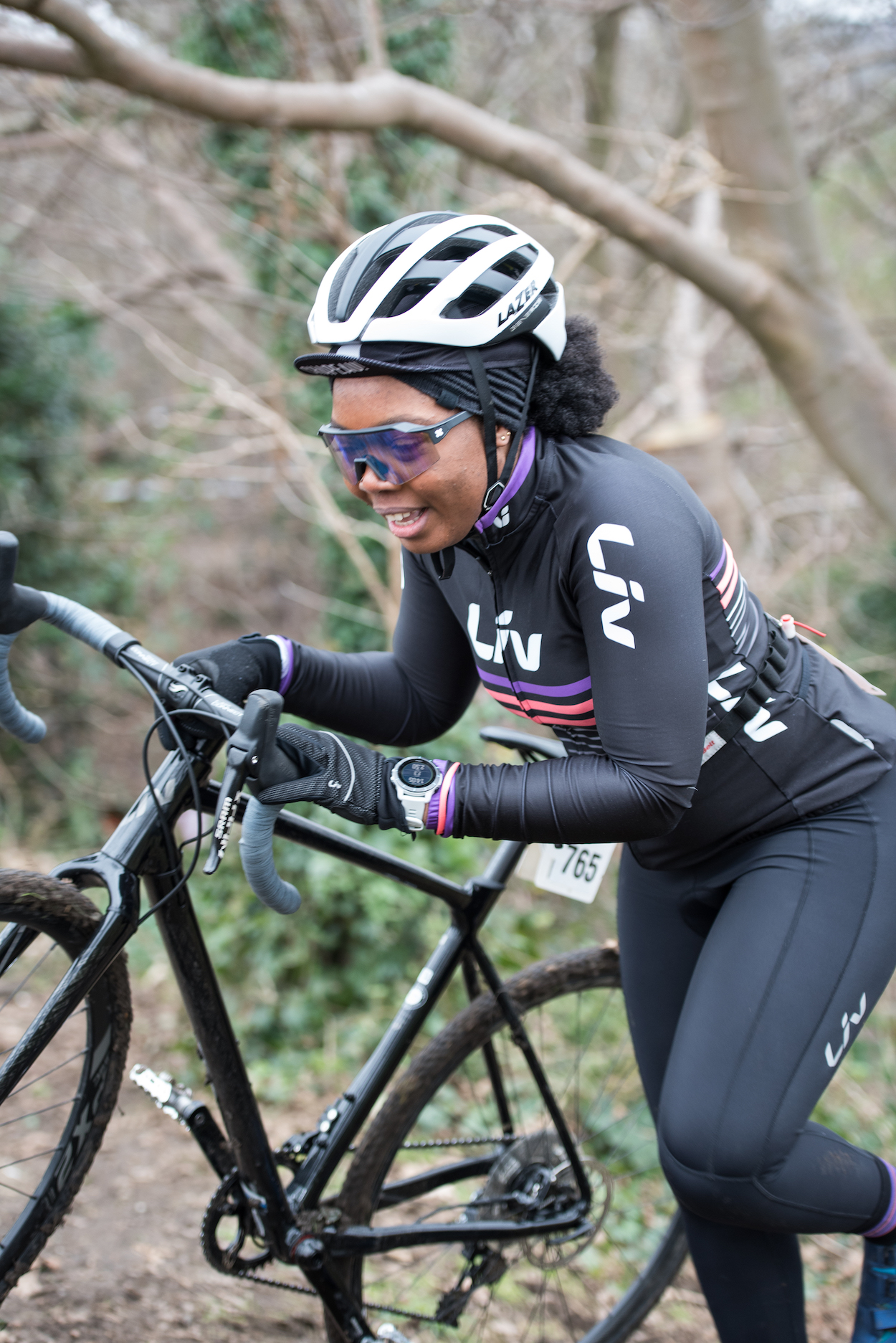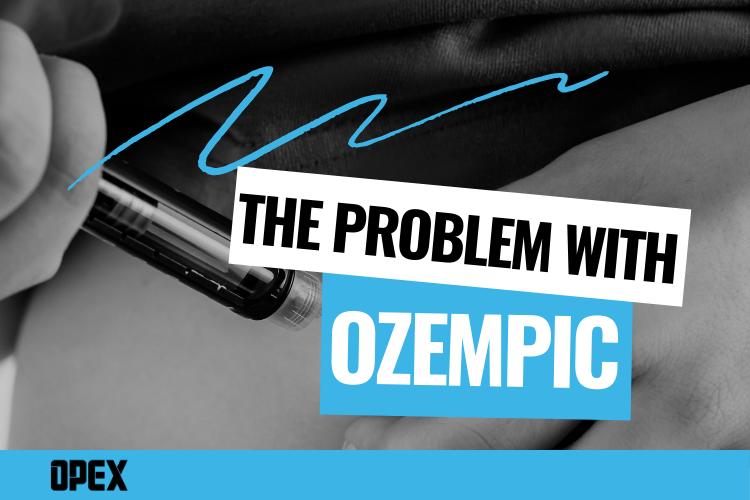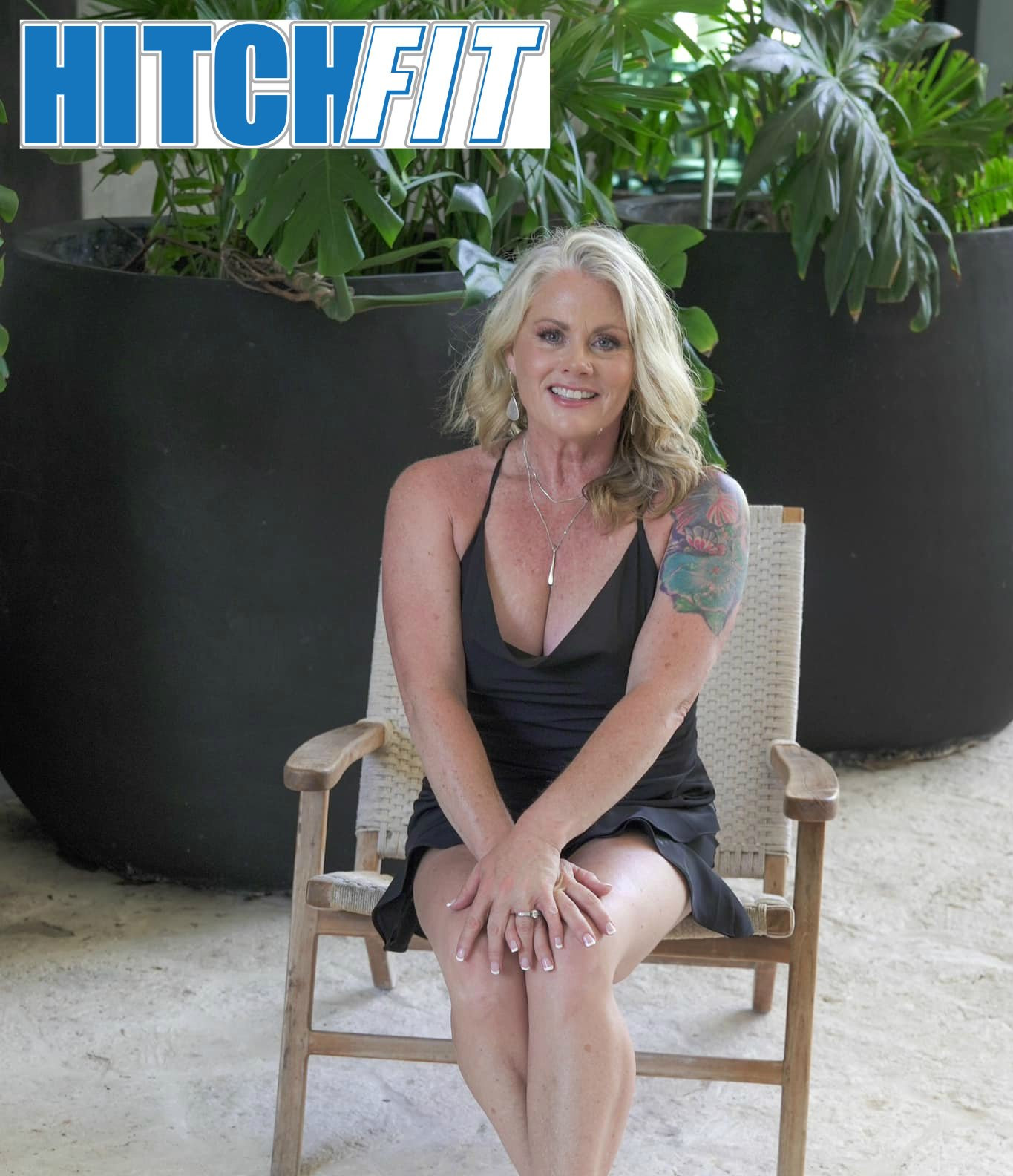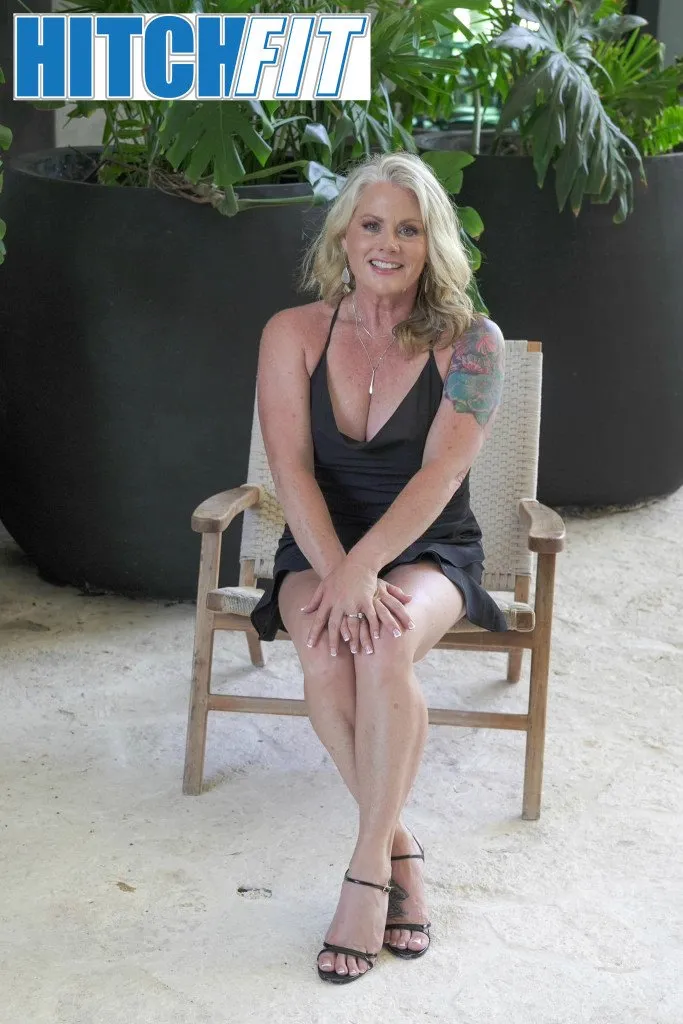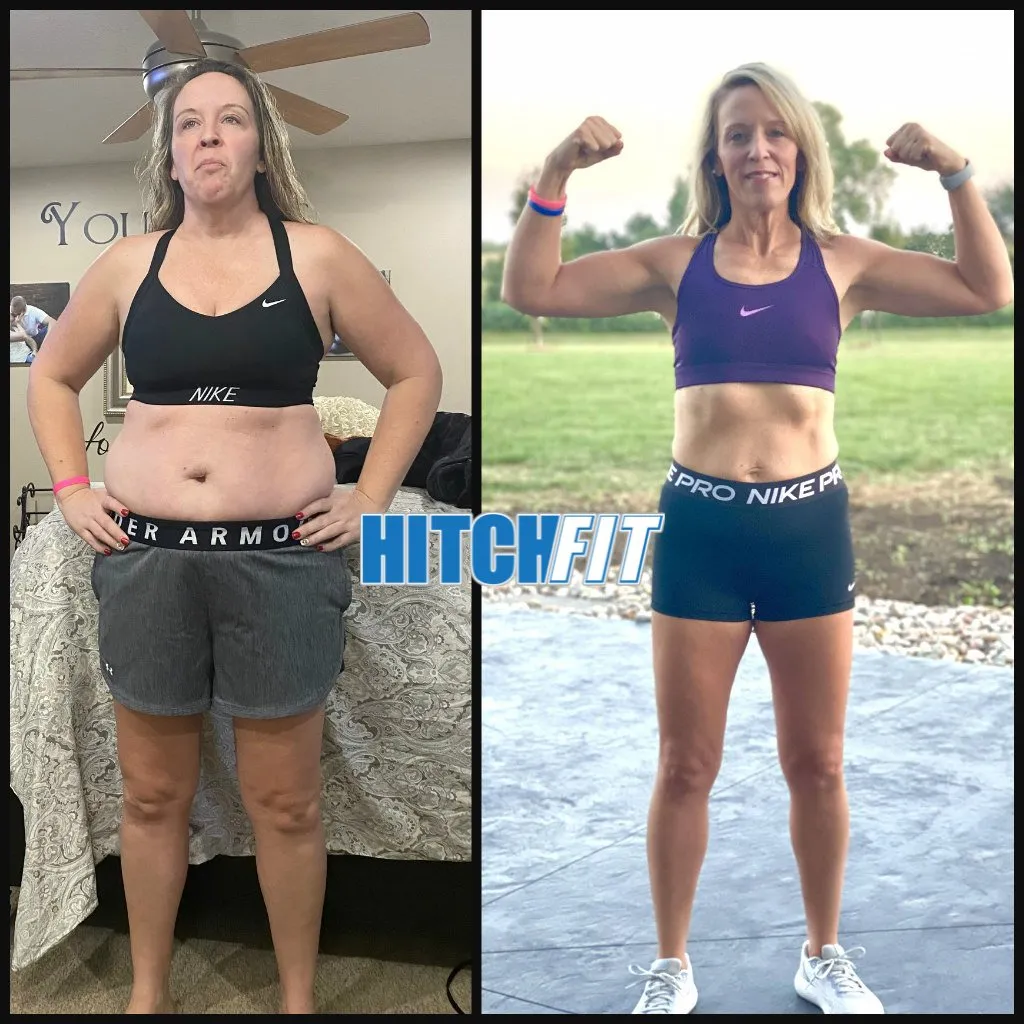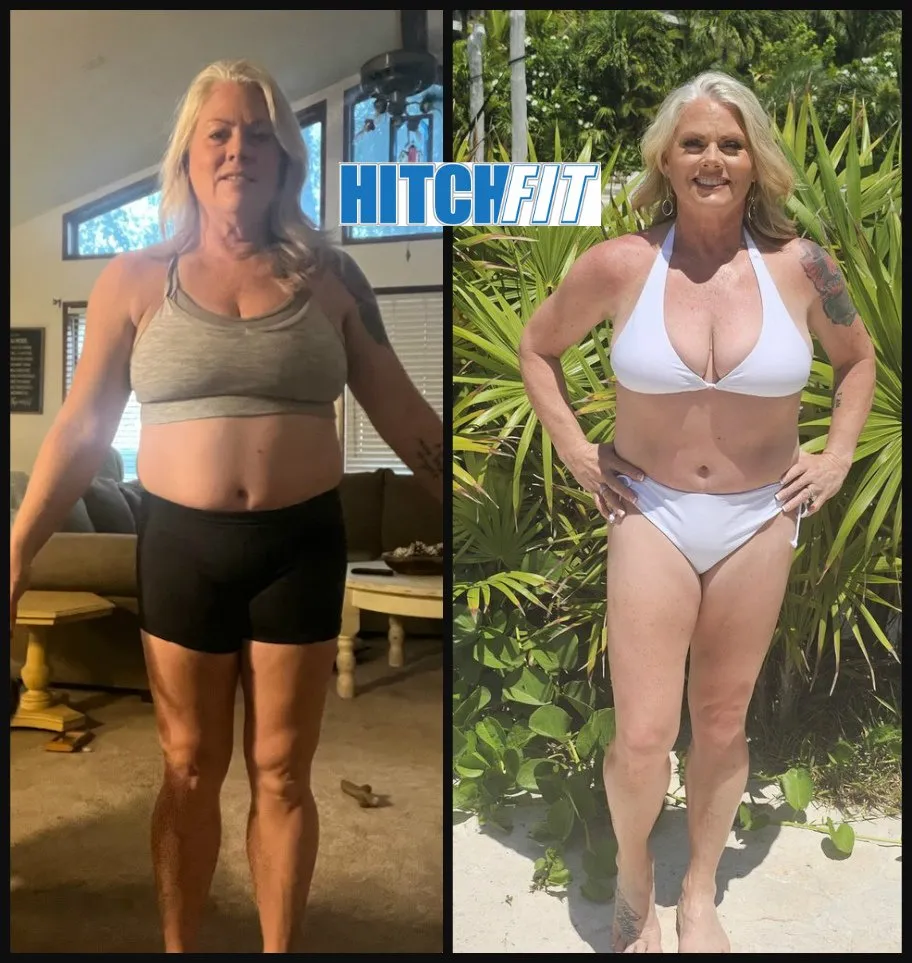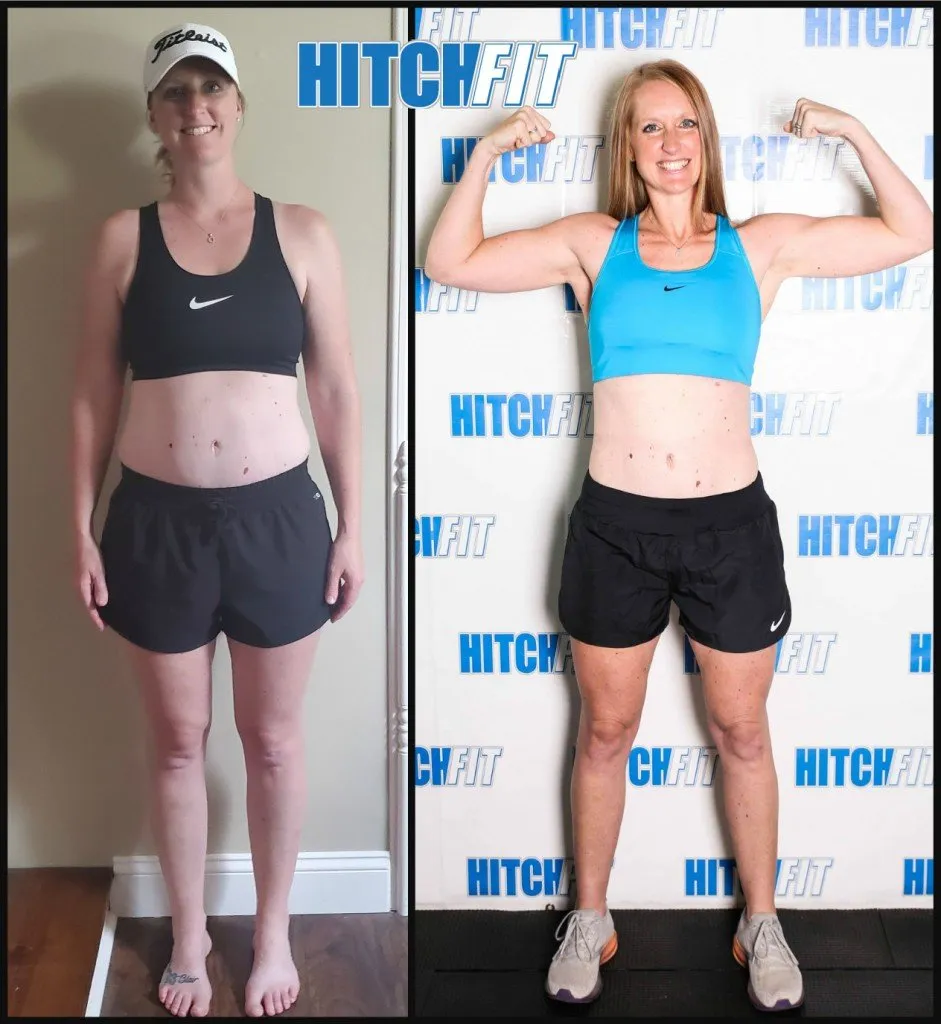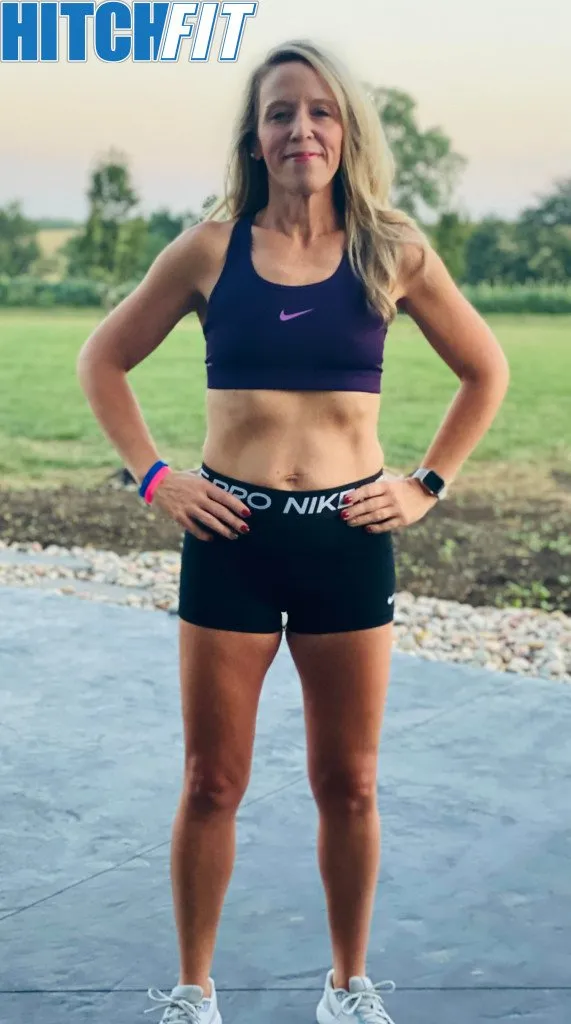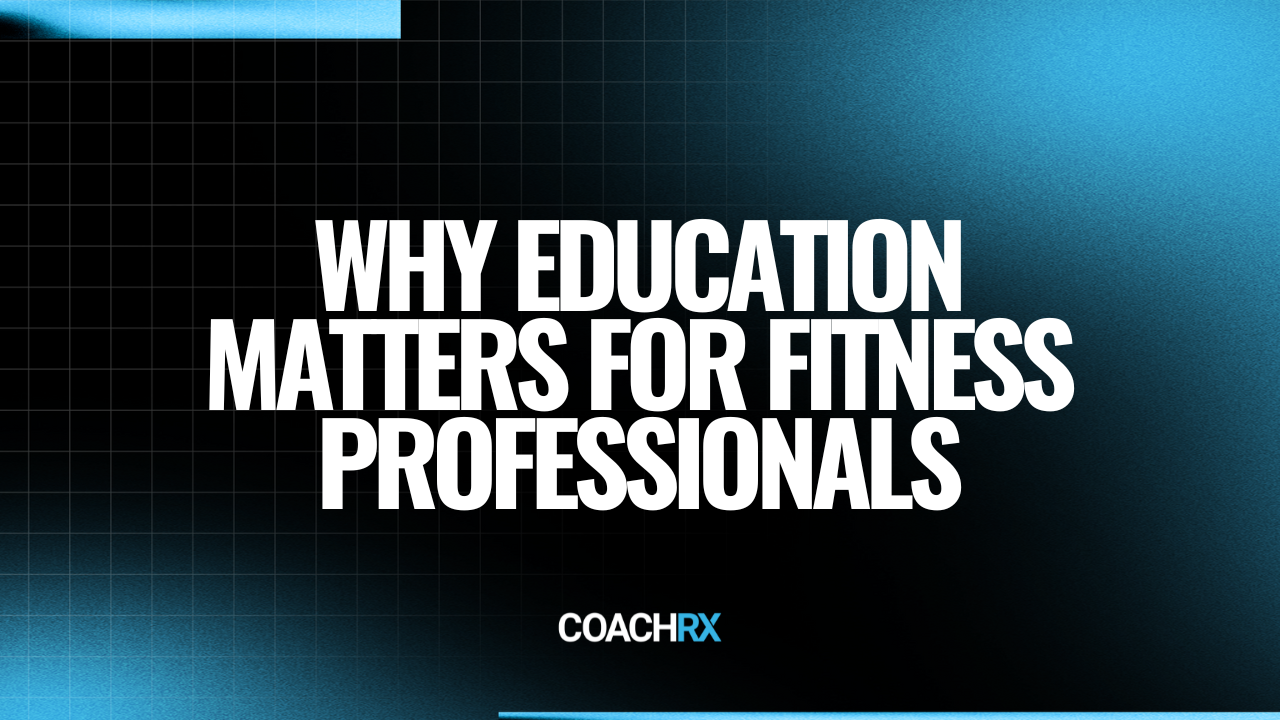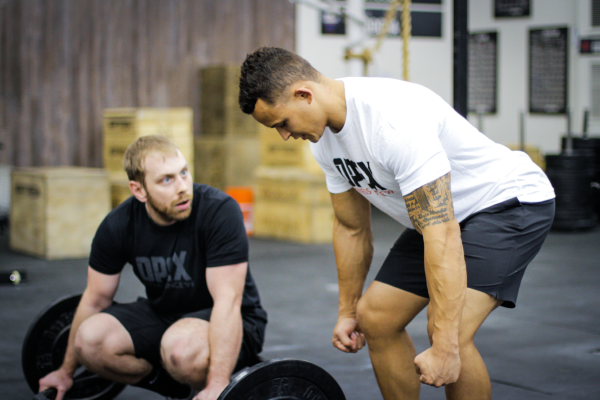
When it comes to exercise selection, the world of fitness offers a seemingly endless array of options. Whether you’re designing a workout for the first time or have been on a fitness journey for a while, the choices can be overwhelming. The burning question is, which exercises are the right ones for you? The answer is simple but transformative: personalized exercise selection.
Customizing your exercise choices for your workouts can be a game-changer in your fitness journey. It’s not about one-size-fits-all routines; it’s about tailoring your workouts to your unique needs, goals, and abilities. In this article, we’ll delve into some essential frameworks for exercise selection, that will empower you to design workouts that truly serve you and elevate your fitness coaching game.
Framework #1: Assess Don’t Guess
Assessment is the foundation for intelligent exercise selection. It’s essential to understand your own movement patterns, strengths, and limitations. Don’t guess or assume which exercises are suitable for you. Instead, take a systematic approach. You can use the OPEX Move assessment as a guide, which provides valuable insights into your individual needs and abilities.
Framework #2: Contraction Progression
Contraction types play a significant role in exercise selection. Depending on your training age and abilities, some contraction types may be more suitable than others. We categorize contractions into three types: Motor Control, Strength Endurance, and Max Contractions. Contraction progression guides you in choosing exercises that match your specific training age, whether that’s Beginner, Intermediate, or Advanced.
-
Motor Control = Beginner – Advanced
-
Strength Endurance = Intermediate – Advanced
-
Max Contractions = Advanced
Download this free program to see how to design training programs that develop motor control.
Framework #3: Exercise Intention
Finally, exercise intention is all about setting clear objectives for each exercise. Before adding an exercise to your routine, define its purpose: Is it to learn a new movement pattern, grow muscle or muscle endurance, or express maximum strength. This framework ensures that your workouts have a clear focus and are aligned with specific fitness goals.
Decision-Making Process
When personalizing your exercise selection, it’s crucial to ask yourself a few key questions:
-
What movements is my client capable of, and where do they face limitations?
-
What contraction types should I incorporate to support their fitness goals?
-
What is the intention behind the workout, and how can exercise selection serve this purpose?
Let’s put these frameworks into practice with some examples:
Exercise Selection: Squat
The squat is a fundamental exercise that involves hip and knee flexion. It’s an essential movement pattern you use in your daily life, whether it’s sitting down, getting up, or picking up objects from the ground. To personalize this exercise, consider your exercise intention. Are you looking to learn the proper squat form, grow your strength, or express your current abilities? Choose variations such as the goblet squat, cable cyclist squat, or traditional back squat based on your intention.
Exercise Selection: Bend
The bend pattern, involving hip flexion to extension, is crucial for daily activities like picking objects off the ground. Customizing this exercise involves selecting movements that enhance your bend pattern. For learning and building resilience, include exercises like the single-leg Romanian deadlift or the Romanian deadlift. If your intention is to express your strength, incorporate the traditional deadlift.
Exercise Selection: Lunge
The lunge pattern is highly functional, mirroring activities like walking, climbing stairs, and lunging forward. Personalize this exercise by selecting movements like the unloaded rear foot elevated split squat, dumbbell front foot elevated split squat, or dumbbell rear foot elevated split squat, depending on your intention.
Exercise Selection: Push
Push exercises are essential for daily activities like pushing objects away from your center of gravity. For learning, growing, or expressing your abilities, consider exercises like the scapular push-up, dumbbell bench press, or strict press.
Exercise Selection: Pull
The pull pattern involves bringing objects closer to your center of gravity, and it’s essential for various daily tasks. Choose exercises that match your intention, such as the dumbbell prone row, seated lat pulldown, or weighted pull-up.
Exercise Selection: Core
Core exercises target your abdomen and obliques, which are crucial for activities that require bracing, twisting, or sitting up from a supine position. Personalize your core exercises with movements like the dead bug crunch, cable crunch, or front squat, based on your learning, growth, or expression goals.
Conclusion
Personalized exercise selection is the key to unlocking the full potential of your clients’ fitness journeys. By applying these essential frameworks, you can tailor workouts to their unique needs and goals. With intelligent assessment, contraction-specific exercises, and clear exercise intentions, you’ll design workouts that are not only effective but also enjoyable. Customized exercise selection isn’t just about working out; it’s about working out with purpose and intention for lasting results.



